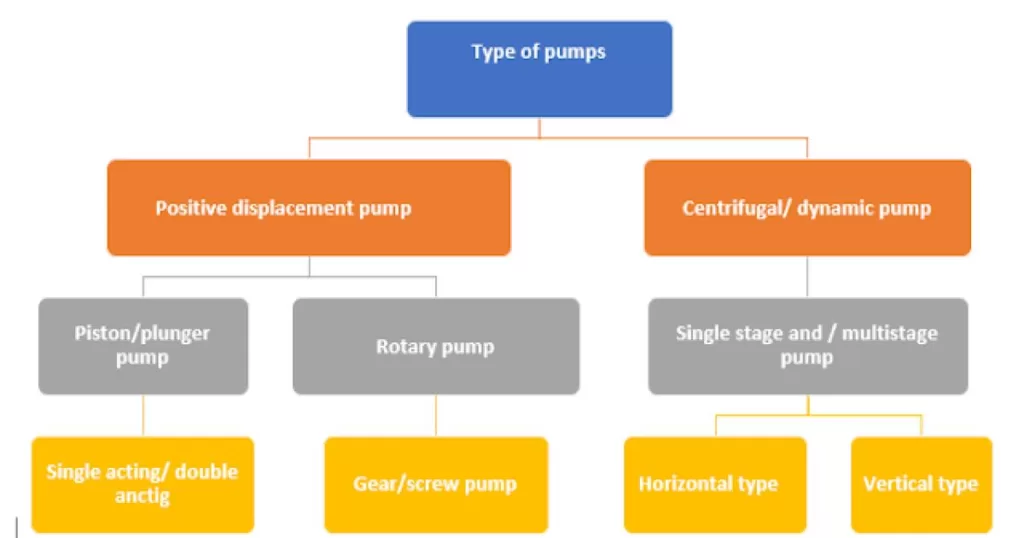Understanding the Fundamentals CH&E Pump
When it comes to managing water removal or dealing with challenging fluid handling scenarios, selecting the right equipment is crucial for efficiency and reliability. One standout option for these tasks is the centrifugal and positive displacement equipment, renowned for its robust performance and versatility in various applications. This machinery, often referred to by industry professionals, represents a benchmark in engineering excellence, combining durability with high efficiency.
My journey with these machines began on a rainy day, tasked with clearing a flooded construction site. The effectiveness and swift water removal capability it demonstrated was nothing short of remarkable, turning a potential delay into a day’s triumph. This firsthand experience solidified my appreciation for such reliable machinery in demanding conditions.
Key Considerations for Selection of CH&E Pump
Assess Your Requirements
Understanding the specific needs of your project or application is the first step in choosing the right machinery. Whether it’s for construction sites, mining operations, or agricultural use, each scenario demands a CH&E pump with specific features to handle the job effectively. Consider factors like the type of liquid, presence of solids, flow rate, and head requirements.
Pump Type Matters
Centrifugal models are ideal for high flow rates and relatively low-pressure applications, while positive displacement models excel in delivering high pressure at lower flow rates. This distinction is crucial when dealing with viscous fluids or when precise flow control is required.
Durability and Maintenance
For equipment expected to operate in harsh environments, durability is a non-negotiable. Selecting a pump constructed with materials that can withstand the specific challenges of your application ensures longevity and reduces downtime for repairs. Additionally, consider the ease of maintenance and availability of replacement parts.
Efficiency and Cost-Effectiveness
Efficiency is not just about the initial cost; it encompasses operating costs, maintenance expenses, and energy consumption over the pump’s lifecycle. A pump that may seem economical initially but requires frequent repairs or consumes more power can prove costly in the long run.
The Importance of Reliable Support
Having access to expert advice and support can make a significant difference, especially when unexpected challenges arise. Choose a brand or distributor known for their customer service and technical support to ensure you can get the most out of your equipment.
Real-Life Application Insight
During a particularly challenging project involving a remote agricultural site with high sediment water, the decision to use a specific model designed for such conditions was a game-changer. The pump’s ability to handle water with high solid content without clogging or losing efficiency was pivotal in maintaining the project timeline and budget. This experience underscored the importance of selecting a pump based on specific application requirements rather than a one-size-fits-all approach.
The Bottom Line
Selecting the right pump for your needs goes beyond just specifications; it’s about understanding the nuances of your application and how different models can bring efficiency, reliability, and cost-effectiveness to your projects. Whether it’s dealing with clear water, abrasive fluids, or challenging environments, there’s a model designed to meet those specific demands.



